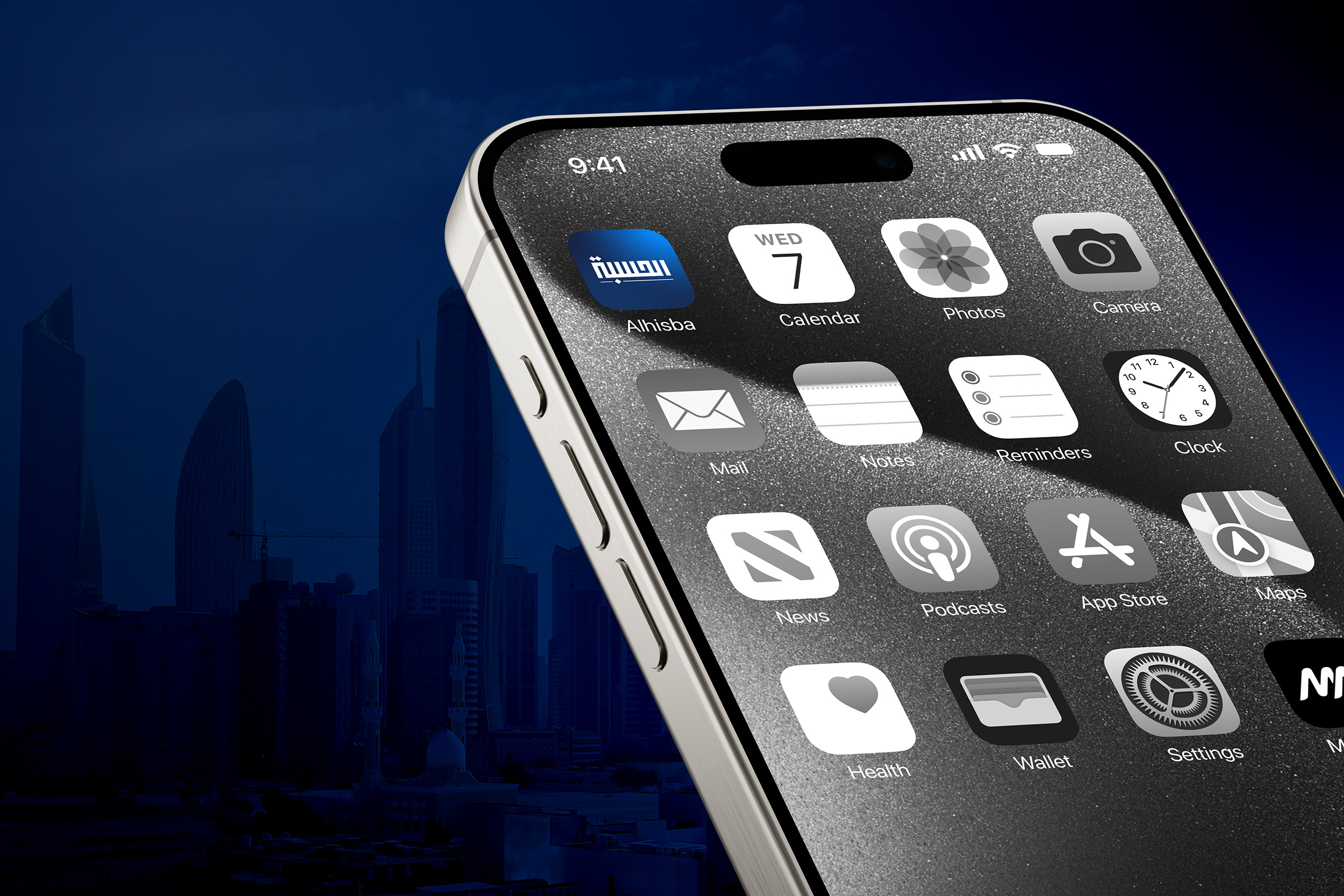Due to the Pandemic in 2020 followed by increased lockdowns and curfews in the Middle East, consumers have been forced to adopt new shopping behaviors. Their shopping habits have changed due to self-isolation and uncertainty in the economy, and the trend will continue well beyond the transitional period from Covid 19.
These trends span multiple facets, ranging from e-commerce shopping to changes in brand preferences, and more. As a result, companies must note the differences and shape their business for the New Normal.
PWC conducted market research in the Middle East, surveying 500 individuals to assess how their behavior adapted to the new environment. We analyzed the data from market research agencies to explain the changes in consumer behavior in three domains:
1. How do Consumers Prefer to Receive Information?
Billboard advertising has declined mainly during 2020, the lowest it has ever been, as per a report from Statista. The increased periods of lockdowns restricted the flow of people outside, and they spent more time inside.

As a result, people preferred to receive information from two sources: TV and Social Media. TV viewership increased by 50%, close to social media usage, which is a 52% increase. Hence, people have turned to these sources for their information consumption.
2. Where do Consumers Purchase their Products?
Regarding retail shopping, on-the-go consumption has declined. The basket size has increased, and shopping frequency lowered. In other words, 37% of consumers shop more at one time to avoid shopping frequently. Furthermore, brand preferences have been changing. Consumers prefer to buy from trustworthy and ethical brands that prioritize consumer safety and social impact. Research by the EY Future Consumer Index showed that 60% of people would consider the social implications of what they consume.

The same research showed that 84% of people value money and buy locally-made products. People are becoming more cautious with spending money on non-essentials, where 67% say they are planning to reduce it further in the long run. The pandemic has put some people off their jobs, and household income thus declined. Hence, shopping for non-essentials became less of a priority.
Everybody was made aware of the safety precautions regarding Covid-19. It resulted in people valuing their health more than ever. Respondents to the survey showed increased interest in areas such as their diet (84%), medical needs (88%), physical fitness (85%), and mental health (83%).
3. What did Consumers Purchase?
When it comes to e-commerce, people showed an increased expenditure, particularly for groceries, where the number has risen from 27% in Pre-Covid to 51% Post-Covid. This trend will likely continue in the future.

Expenditure on products such as footwear and clothing dropped by 50% since the pandemic. These items are accounted as non-essentials and support the fact that people valued money more than non-compulsory expenditure.
In Conclusion
We don’t know how long the pandemic will last. However, within the transitional period between the Pre-Covid and Post-Covid eras, certain consumer habits will stay. Here is what we think the future holds for us,
- Non-essential spending will stay low
- The shopping frequency will remain low.
- On-the-go shopping won’t be on the rise any time soon.
- E-commerce will be a significant part of a company’s sales, considering the company already has an e-commerce web or mobile application.
- Fitness on demand will be on the rise since people are staying at home and showing interest in being healthy and hygienic.
- E-pharmacies and e-doctors will start to rise due to the same reason.
In conclusion, to thrive in the current developing market, businesses need to realize the changing behavioral trends and focus on adapting themselves to the New Normal.





